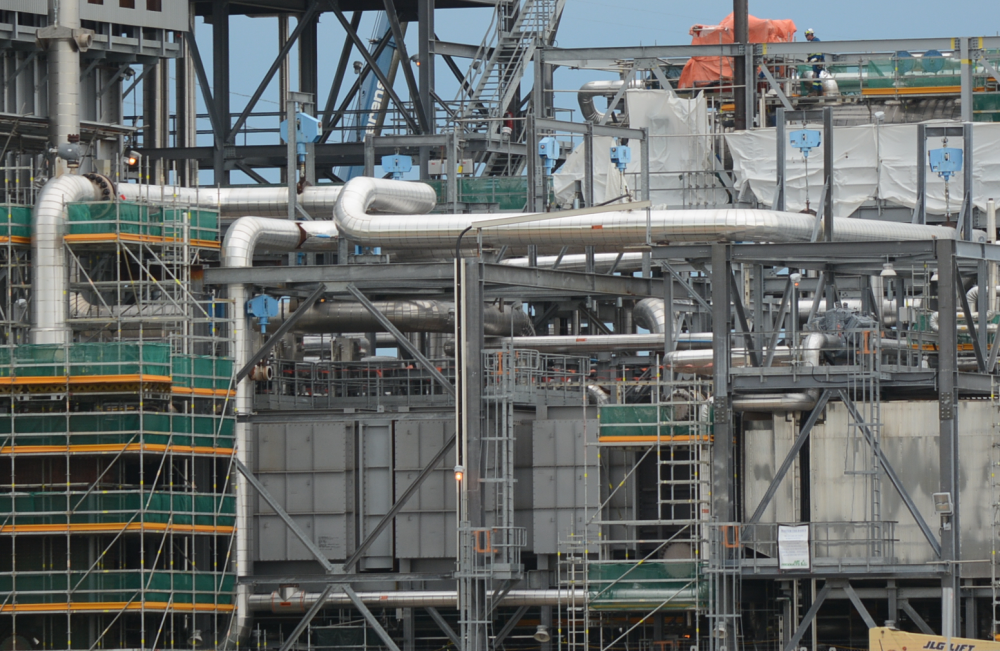VANCOUVER —A new report by the Pembina Institute has determined that the climate benefits of blue hydrogen vary considerably when the entire life cycle of production is factored in.
Blue hydrogen is made from natural gas using carbon capture and storage in its production process. Accurately measuring greenhouse gas emissions must take into account upstream carbon emissions from the extraction and transportation of natural gas, and the production and transportation of the hydrogen, as well as the level of carbon captured.
A new technical paper, The carbon intensity of blue hydrogen production, examines relative emissions levels for different production methods, as well as the feasibility of reducing greenhouse gas emissions with carbon capture and storage.
The study compares the relative life cycle emissions for production of blue hydrogen using various current technologies. As Canada’s federal and provincial governments move forward with strategies for hydrogen as a key element in achieving net-zero by 2050, Canadian consumers, producers and investors must look at the complete picture.
Production of hydrogen purely as an energy carrier is still a nascent industry. Globally there are four facilities that produce blue hydrogen for use in oil extraction for fertilizer production in operation. Hydrogen’s utility will mainly be in sectors that are hard to decarbonize, and in end uses such as long-haul heavy-duty freight and high-heat industrial processes.
Read or download The carbon intensity of blue hydrogen production.
Quotes
"Major policy and investment decisions that could shape the future of hydrogen in Canada must be based on accurate data. This research shows that the climate benefits of blue hydrogen vary depending on the technology used to create it.
"As federal and provincial governments begin to invest in the technology needed to produce new forms of low-carbon fuel, we must look at the full life cycle of the different forms of hydrogen, the costs and the benefits for both the environment and for the long-term viability of these opportunities."
— Karen Tam Wu, BC Regional Director, the Pembina Institute
Quick facts
- A full life cycle assessment of GHG emissions in blue hydrogen includes emissions generated in construction of natural gas facilities, extraction and transportation of natural gas, production of hydrogen, and the process of carbon capture and storage
- Carbon capture rates could vary from 48% captured by facilities operating today, to projected 95% in proposed projects
- Carbon intensity could vary from 67kg CO2e/GJ for blue hydrogen currently produced today to ~15.6 kg CO2e if using clean electricity (e.g. hydro) and reducing methane emissions by 40%
- Around the world, there are currently 26 carbon capture and storage (CCS) plants. Three of them are associated with hydrogen production
- It is technically feasible for a new hydrogen production plant to eliminate 90% of plant emissions, if electricity to run production comes from non-emitting sources
Contact
Jill Sawyer
Senior communications lead, Pembina Institute
587-585-4522
Background
Blog: Setting a course to Canada’s clean hydrogen economy
Media release: Strong climate policies will drive clean hydrogen deployment
Primer: Hydrogen on the path to net-zero emissions: cost and climate benefits
Backgrounder: Media briefing on Canadian methane regulations




